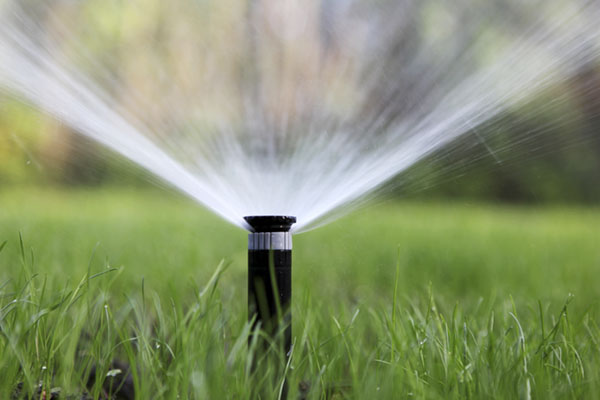
Anniston HOA Shares Expert Lawn Watering Tips to Conserve Water and Keep Yards Healthy
Editor's Note: Anniston homeowners recently received an important message from Community Manager Eddie Padilla addressing best practices for lawn and garden irrigation during the hotter months. His notice emphasizes efficient watering schedules to promote healthy landscapes while conserving water, offering clear guidelines on frequency, duration per sprinkler type, drip irrigation benefits, and ideal watering times.
The communication highlights the importance of adjusting watering based on conditions and encouraged sustainable habits to keep yards green and thriving throughout the summer. In case you missed it, please see below.
Dear Anniston Homeowner,
As we continue to experience warmer temperatures, it's essential to maintain a proper and efficient watering schedule to keep your lawn and garden healthy while conserving water. As you are the controller of the irrigation system for your property, we want to provide you with some great helpful guidelines below for optimal watering practices:
Watering Frequency
Watering 3 to 4 times a week provides a balance between keeping your landscape hydrated and preventing overwatering, which can damage plants and waste water. This frequency encourages deeper root growth, making your lawn and garden more resilient during hot and dry conditions.
It’s best to spread your watering days out rather than watering consecutively. For example, watering on Monday, Wednesday, and Friday (or Tuesday, Thursday, and Saturday) allows the soil to dry slightly between sessions, which improves root strength and discourages shallow rooting and fungal diseases.
Keep in mind that frequency may need to be adjusted slightly based on weather conditions, soil type, and plant varieties. Lawns and landscapes in sunnier, windier, or sandy-soil areas may require more frequent watering, while shaded or clay-soil areas may require less.
Watering Duration per Zone (based on sprinkler type)
The amount of time you water each zone is just as important as how often. Overwatering can lead to runoff and wasted water, while underwatering results in stressed plants and weak root systems. Below are general guidelines for typical residential irrigation heads:
Spray Heads: 10 Minutes per Zone
Spray heads deliver water quickly over a small area. Because they have a higher application rate, they don’t need to run for very long—typically 10 minutes is sufficient.
Be cautious of runoff; it’s best to break the 10 minutes into two 5-minute sessions with a short pause between, allowing water to soak in.
Rotors (Rotary Sprinklers): 15 Minutes per Zone
Rotors cover larger areas and apply water more slowly than spray heads. As a result, they need to run longer—around 15 minutes—to provide adequate moisture.
Like spray heads, using a cycle-and-soak method (e.g., two 7–8 minute runs with a brief pause) can improve water absorption and minimize waste.
Mobile Sidebar Ad
Consider Drip Irrigation
For efficient watering in garden beds, consider using a drip irrigation system. These systems apply water directly to the roots—where it's most needed—providing deep, consistent hydration. Drip irrigation reduces overall water usage and helps prevent fungal issues by keeping foliage dry.
Not only is this method more sustainable, but it also ensures your plants receive consistent care, offering peace of mind during the hottest months.
Best Times to Water
Early morning (12:00 a.m. and 6:00 a.m.) – Watering in the morning—the earlier, the better—helps your plants prepare for the long hours of bright sun ahead and keeps you out of the heat. This time of day also offers the lowest temperatures and wind speeds, which reduces evaporation and allows your lawn to absorb more moisture.
Avoid watering in the middle of the day – When the sun is high overhead, water droplets on leaves can act like magnifying glasses, potentially scalding your plants. Additionally, most of the water will be lost to evaporation.
Avoid watering late at night – This can create excess moisture on the foliage overnight, promoting fungus growth.
If morning watering isn’t possible, the next best time is early evening after the garden is in full shade, allowing moisture to reach roots before temperatures drop.
We hope these helpful landscape tips can assist in keeping your yard looking green and lush. Thank you very much and have a wonderful day.
Sincerely,


